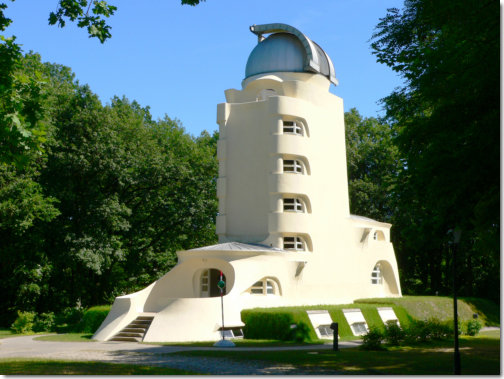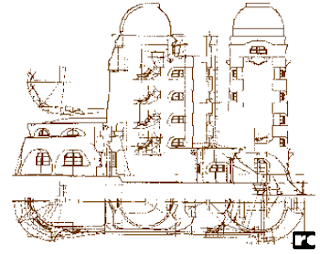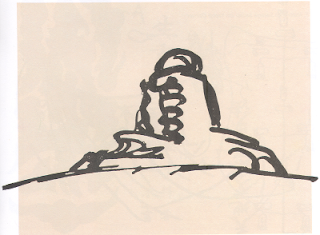The “Einsteinturm” in Potsdam, Germany, is the first important building designed by the famous architect Erich Mendelsohn. It was planned and built in the years 1919 to 1924, the main part was finished in 1921. The inner part of the tower houses a solar observatory. It is now part of Potsdam Science Park and continues to serve as a center of astronomical research. The Tower in Potsdam, near Berlin is considered a key Expressionist building - its curved, organic forms depart from all traditional expectations of what a tower should look like.
During the Modernist period following the Art Nouveau movement, natural form and amorphous space took the backseat to logical form and abstract space. Even during this era when most architects built minimalist rectilinear forms the amorphous thread of architecture resurfaced in the works of Eric Mendelsohn.
When he designed the Einstein Tower in Potsdam, Mendelsohn broke from the architectural style of the time to create an expressively amorphous building. To sculpt the form of the building, Mendelsohn chose a combination of pre-cast concrete and load bearing masonry. Unlike the highly decorated buildings of the Art Nouveau period the details of the tower are executed to suppress materiality and to allow the abstract form of the building to speak for itself. The concrete and masonry are treated similarly with a white veneer to disallow differentiation between the components, forcing one to viewthe building as a whole. Like most modernist buildings the form of the tower has a machine-like quality, reminiscent of an ocean liner or cruise ship. The shape of the building’s fenestration has a relatively linear form, but an amorphous flourish is carved into the thick walls around each penetration. Straight lines are all but non-existent, and in most places the skin of the building curves in two directions. While modern in its detailing, this building truly is an amorphous masterpiece.




